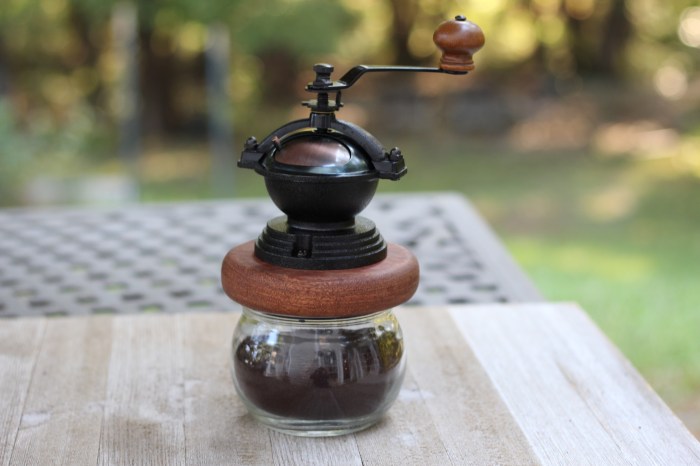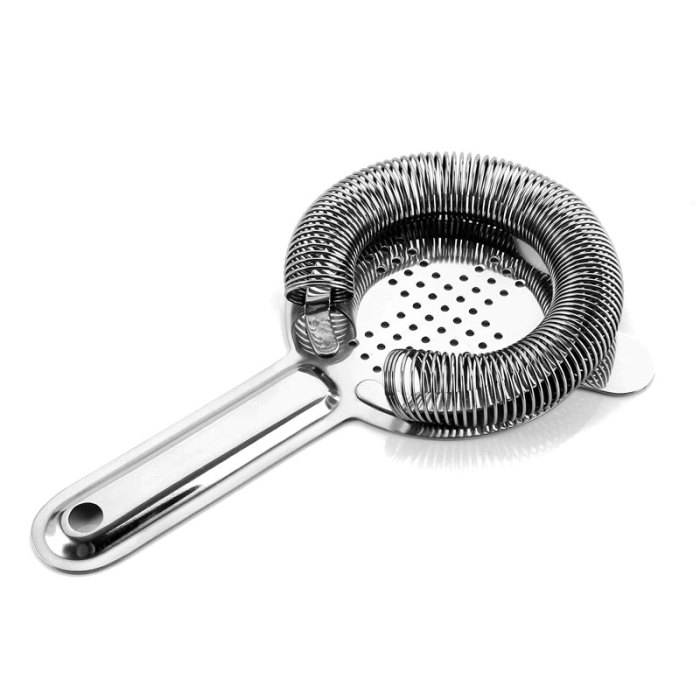DIY coffee strainers offer a fantastic way to elevate your coffee brewing experience, allowing you to create personalized filters tailored to your preferences. From simple cheesecloth creations to more elaborate designs, the possibilities are endless. This guide explores the world of DIY coffee strainers, providing a comprehensive overview of their benefits, construction techniques, and customization options.
By crafting your own coffee strainer, you gain control over the brewing process, ensuring the perfect extraction and enhancing the flavor of your coffee. You can experiment with different materials, shapes, and sizes to find the ideal filter for your brewing method, whether it’s pour-over, French press, or cold brew.
Introduction to DIY Coffee Strainers

Brewing your own coffee can be a rewarding experience, and a DIY coffee strainer allows you to control the brewing process and enjoy a more personalized cup. While store-bought coffee strainers are readily available, crafting your own offers a unique and cost-effective alternative, enabling you to experiment with different materials and designs to achieve your ideal brew.
The benefits of using a DIY coffee strainer extend beyond cost savings. You have the freedom to choose materials that align with your preferences and sustainability goals, such as repurposed items or eco-friendly materials. Additionally, DIY strainers often offer greater control over the brewing process, allowing you to adjust factors like grind size, water temperature, and brew time to fine-tune your coffee’s flavor profile.
Types of DIY Coffee Strainers
DIY coffee strainers can be categorized based on their materials and construction methods. Popular choices include:
- Cloth Strainers: These strainers are typically made from cotton muslin, cheesecloth, or even old t-shirts. The fabric is folded and secured over a bowl or container, allowing the coffee grounds to be steeped and the brewed coffee to drip through the fabric. These are simple and readily available options, offering a traditional brewing experience.
- Mesh Strainers: These strainers use a fine-mesh material, such as stainless steel, nylon, or copper, to filter the coffee grounds. Mesh strainers can be made from repurposed items like old tea strainers or wire mesh, or purchased from craft stores. These strainers are durable and washable, offering consistent filtration and a cleaner brew.
- Paper Filter Strainers: These strainers utilize coffee filters, which are readily available and can be repurposed for a DIY solution. A simple paper filter can be placed over a bowl or container, offering a convenient and disposable option. While not as durable as other options, paper filters are readily available and offer a clean and efficient brewing method.
Popular DIY Coffee Strainer Designs
Numerous DIY coffee strainer designs have emerged, each offering unique features and brewing experiences. Some popular examples include:
- The “Sock” Strainer: This simple design utilizes a clean sock, preferably a cotton one, as the filter. The sock is placed over a bowl or container, with the coffee grounds placed inside. The sock acts as a filter, allowing the brewed coffee to drip through while retaining the grounds. This design is readily accessible, using a common household item.
- The “Jar” Strainer: This design utilizes a glass jar with a wide mouth. A coffee filter is placed over the mouth of the jar, secured with a rubber band or string. Coffee grounds are placed on top of the filter, and hot water is poured over them. The brewed coffee drips through the filter and into the jar. This design offers a convenient and visually appealing brewing method.
- The “Mesh Funnel” Strainer: This design uses a repurposed funnel with a fine-mesh material, such as cheesecloth or a metal mesh, attached to the bottom. The funnel is placed over a container, and coffee grounds are placed in the funnel. Hot water is poured over the grounds, allowing the brewed coffee to drip through the mesh and into the container. This design offers a controlled brewing process, with the funnel directing the flow of water and the mesh providing a fine filtration.
Materials and Tools for DIY Coffee Strainers

Building your own coffee strainer is a fun and rewarding project that can be customized to your liking. This section will cover the materials and tools you’ll need to get started.
Materials for DIY Coffee Strainers
Choosing the right material for your coffee strainer depends on the desired level of fineness and your preference for reusability. Here are some commonly used materials:
- Cheesecloth: This widely available and inexpensive material is a good starting point for DIY coffee strainers. It’s a loose weave, allowing for a bolder coffee flavor but may require multiple layers for finer grounds.
- Mesh Fabric: This is a more durable option than cheesecloth and comes in various mesh sizes. You can find fine mesh fabrics for a smoother coffee experience, or coarser meshes for a stronger brew.
- Coffee Filters: These are a convenient and readily available option for making single-serve coffee. They’re designed for a specific purpose, but can be adapted for DIY coffee strainers.
- Reusable Cloth Bags: These are becoming increasingly popular for their eco-friendliness and durability. They often come in different sizes and materials, offering a range of filtration options.
Tools for DIY Coffee Strainers
Depending on your chosen materials and design, you may need different tools for constructing your coffee strainer. Here’s a list of commonly used tools:
- Scissors: Essential for cutting and shaping your chosen material.
- Measuring Tape: Useful for accurately measuring and cutting materials.
- Sewing Machine or Needle and Thread: Necessary for creating a secure and durable coffee strainer.
- Rubber Bands or Twine: Can be used to secure the material around your chosen vessel.
Safety Precautions and Considerations
When working with materials and tools for DIY coffee strainers, safety is paramount. Here are some important considerations:
- Sharp Objects: Be cautious when handling scissors and other sharp tools. Use a cutting mat or a sturdy surface to protect your workspace.
- Sewing Machine: If using a sewing machine, ensure you understand its operation and follow all safety guidelines.
- Material Handling: Handle materials like cheesecloth and mesh fabric carefully, as they can fray or tear easily.
- Cleaning: Always clean your DIY coffee strainer thoroughly after each use to prevent mold or bacteria growth.
Embrace the world of DIY coffee strainers and discover the joy of crafting your own brewing tools. With a little creativity and the right materials, you can transform your coffee routine and enjoy a truly personalized brewing experience. Experiment with different designs, explore sustainable options, and let your coffee-loving spirit shine through your homemade creations. The possibilities are endless, and the reward is a cup of coffee that reflects your unique taste and style.
A DIY coffee strainer can be a fun and affordable project, especially if you’re looking for a more personalized brewing experience. You can use materials like cheesecloth or even a simple mesh strainer. While you’re crafting your perfect coffee filter, remember that letrozole 2.5 mg is a medication that should only be taken under the guidance of a healthcare professional.
Once your DIY coffee strainer is ready, you can enjoy a fresh cup of coffee and appreciate the simple pleasures of making things yourself.
